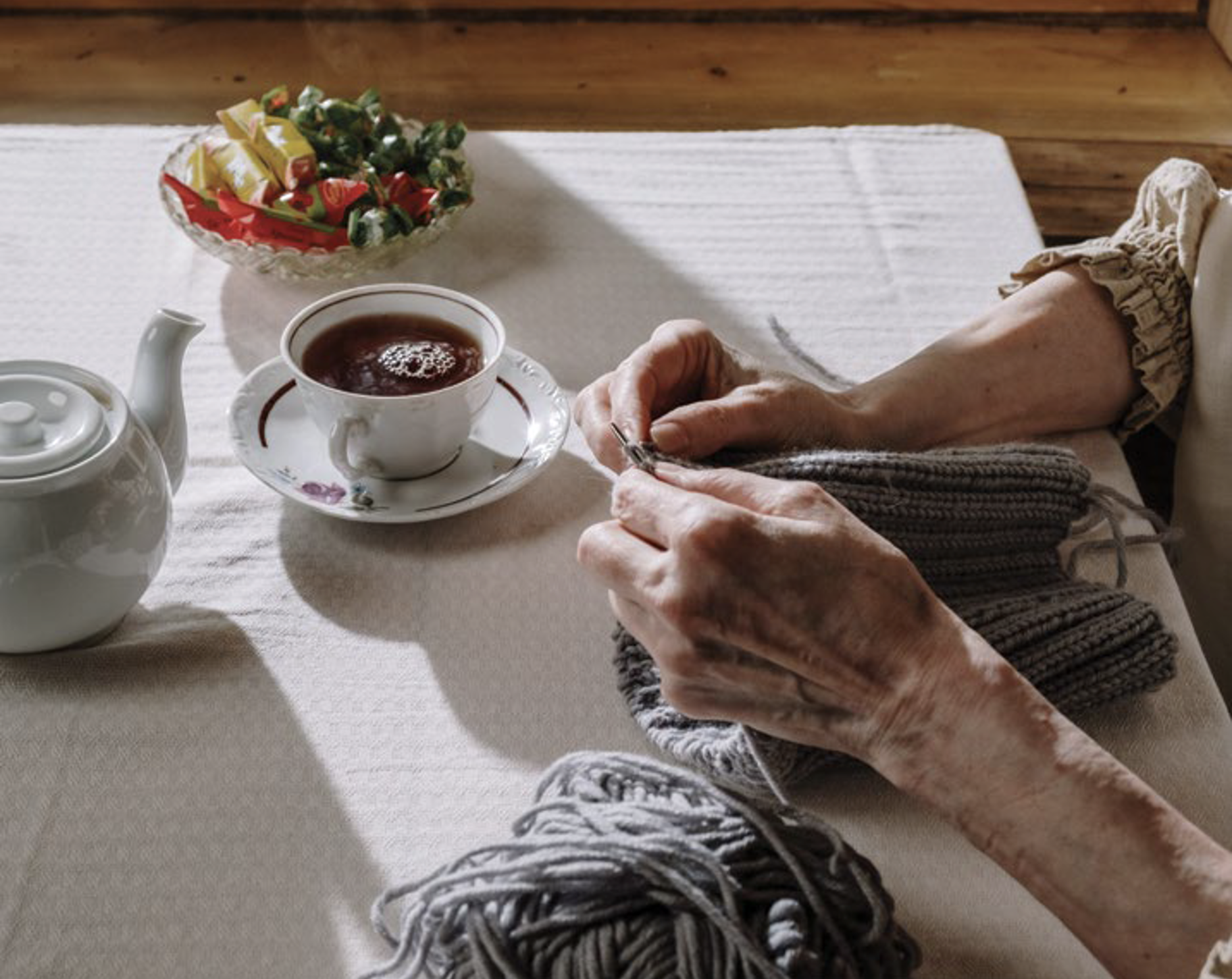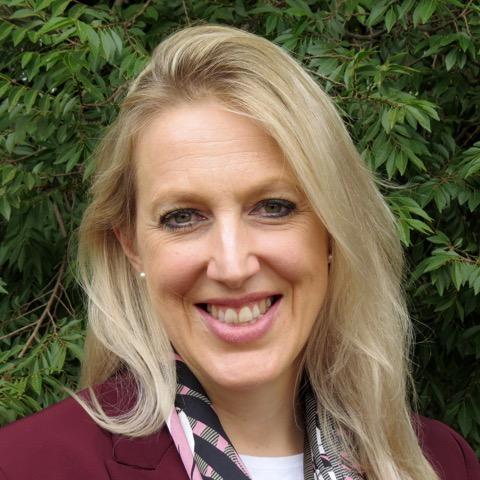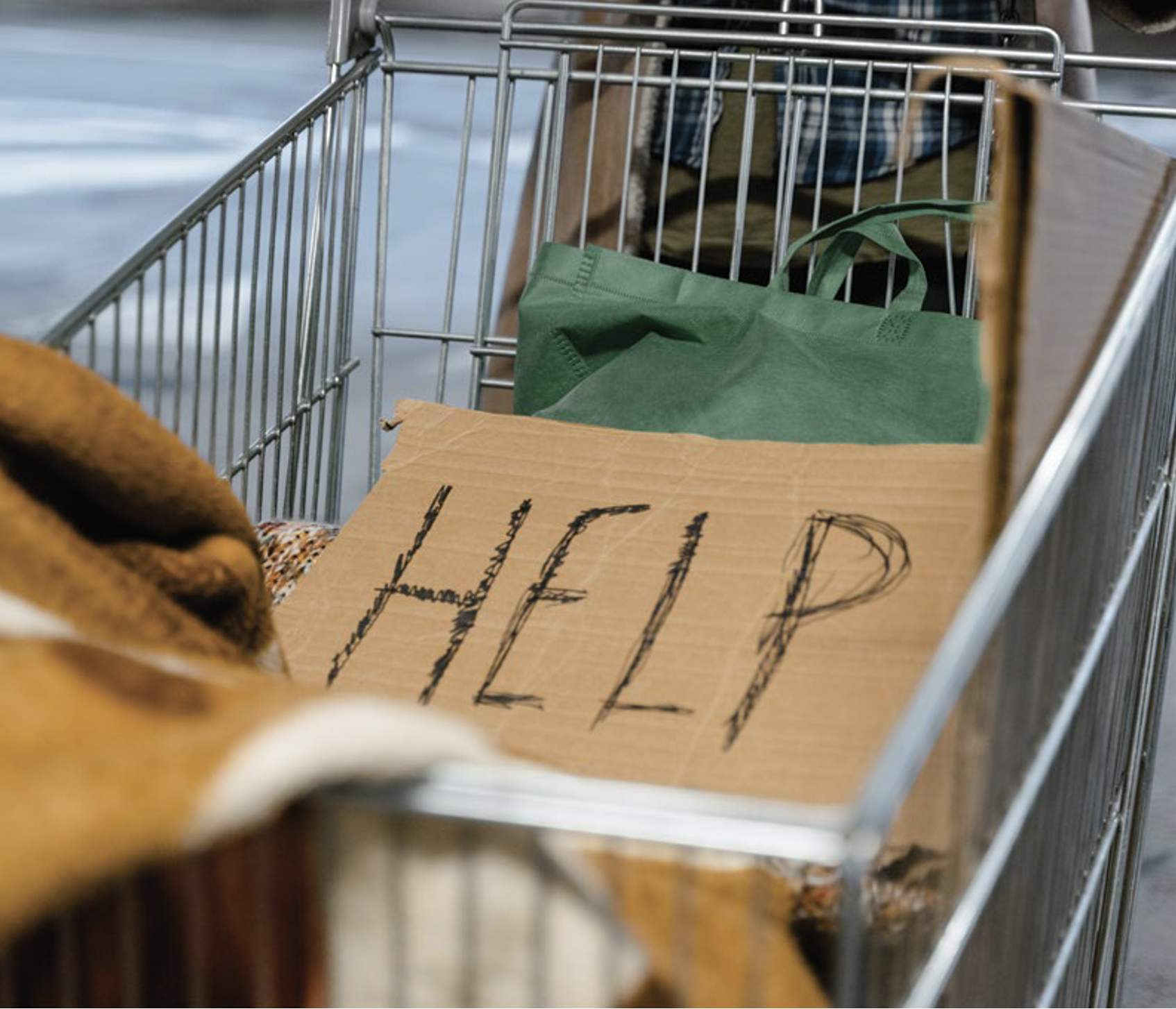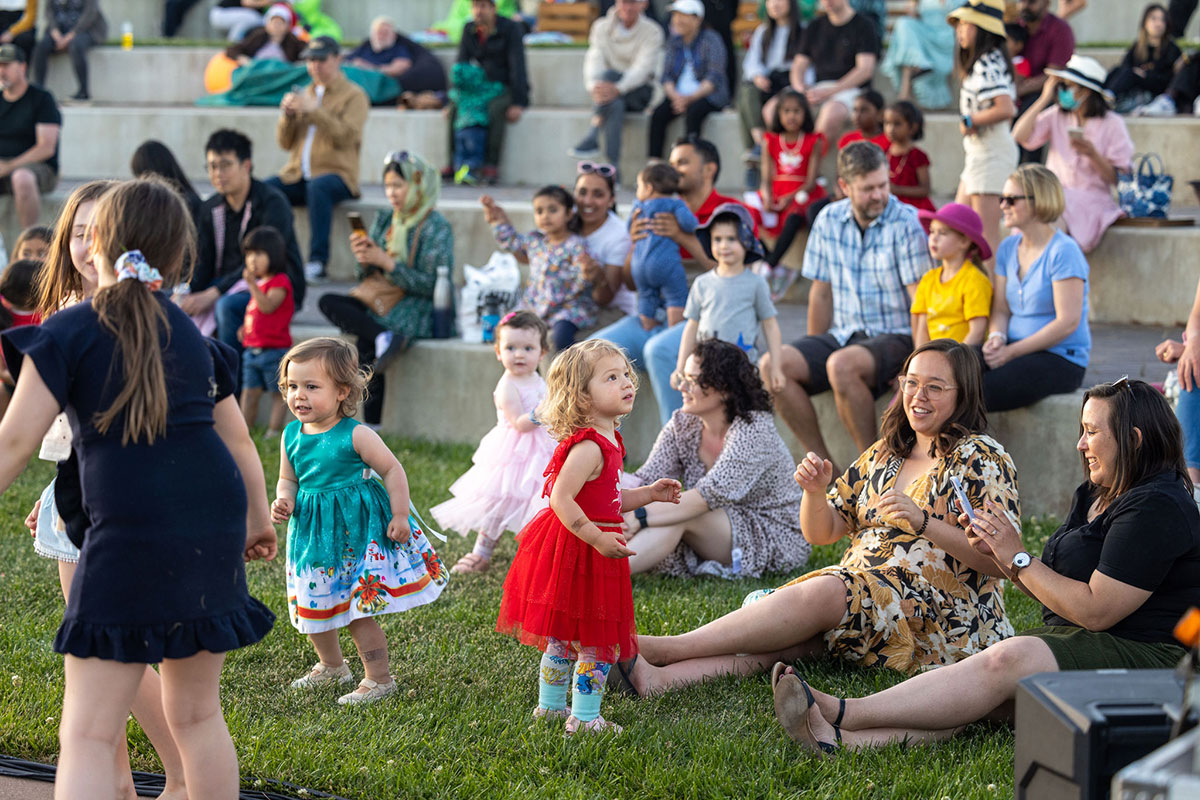Creating homes for women at risk
WORDS Emma Macdonald
“It takes a society to combat homelessness, and a strong nation to fight poverty”
Wayne Chirisa
Having a roof over one’s head is a basic necessity— just one step up on the rung of humanity from having food to eat or clothes to wear.
And yet for an increasing number of Australians, this most basic necessity is out of reach as our political and community leaders struggle to keep vulnerable people off the streets and living in stable accommodation.
Statistics show women are increasingly vulnerable to poverty, and ultimately homelessness, in the ACT, Australia, and around the globe.
At Ginninderry, the vexed issue is getting fresh eyes through an innovative new trial—the Build-to-Rent-to-Buy (BtRtB) model—which seeks to target women at risk of homelessness, and support them to rent, and then buy, their own home. This model has potential national applications as a way to encourage more women who would otherwise be sidelined from financial and domestic stability to enjoy the security of a home to call their own.
Internationally, the World Economic Forum estimates at least 150 million people are without a roof over their head, which the United Nations has called a “violation of human dignity”. The last two years of the global pandemic have done much to bring an often under-recognised and under-reported crisis out into the open, although solutions are still difficult to access.

The most recent snapshot of homelessness (December 2021) by the Australian Institute of Health and Welfare, showed more than 1.4 million Australians were supported by Specialist Homelessness Services between 2011–12 and 2020–22.
In 2020–21, almost 278,300 clients were assisted, equating to 1.1 per cent of the Australian population. Of those, 57 per cent were at risk of homelessness, while 43 per cent were actually experiencing homelessness. Of all those seeking assistance, six in 10 were women and one in every eight was a child.
Those known to be at particular risk of homelessness include those who have experienced family and domestic violence, children on care and protection orders, First Nations Australians, people leaving health or social care arrangements, and Australians aged 55 years or older.
In Canberra, the ACT Council of Social Service has long been advocating for better ways to address the ACT’s homelessness issue, which is exacerbated by Canberra continuing to have the highest rate of rental stress for lower-income private renters of any Australian jurisdiction (73 per cent compared with 50 per cent nationally).
The most recent Productivity Commission report found more than 30 per cent of Canberra clients who approached homelessness services for accommodation did not have their needs met.

The ACT Council of Social Service (ACTCOSS) CEO Dr Emma Campbell said the ACT had around 2000 people experiencing homelessness last year and services were feeling the strain. While she welcomed an $80 million investment in the last ACT Budget for maintenance of public housing, as well as $19 million for the Growing and Renewing Public Housing Program and $8.6 million for specialist homelessness services, she said the situation was frustrating.
“The impacts of homelessness and housing stress consistently, disproportionately impact marginalised and disadvantaged people.”
“Aboriginal and/or Torres Strait Islander peoples, the LGBTIQA+ community, people with disabilities, young people and older women are all at an increased risk of housing insecurity and homelessness.”
Last year, the federal government issued the findings of a House of Representatives inquiry into homelessness which called for a 10-year strategy to tackle the problem.
The Committee made 35 recommendations, including a stronger focus on prevention and early intervention, wider adoption of the “Housing First” principle—which would see housing made available to people who are homeless or at risk of homelessness as an immediate priority—and new approaches to increase investment in social and affordable housing.
Better coordination between the Commonwealth and territory governments is also required.

Chair of the Committee, Liberal MP Andrew Wallace said, “While the states and territories are responsible for housing and homelessness, a clear and consistent message to the Committee was that there is a need for a national approach. A national strategy would lead to better coordination, more accountability and a stronger focus on the policies that work—prevention and early intervention, providing housing as a priority, and encouraging more investment in social and affordable housing”.
He noted, “There is no quick fix to end homelessness in Australia”.
Yet investment in the problem would also save the taxpayer over the longer terms as well as delivering fundamental dignity and safety to Australians falling through the housing safety net. KPMG modelling shows that for every $1 million of public investment in social housing, GDP was boosted by $1.3 million.
Both the social and economic cost of the issue is prompting innovative thought beyond government initiatives. In the United Kingdom, a project in Cambridge has seen homeless people given mini-modular homes to live in, costing $50,000, or the equivalent to the public spending on one person sleeping rough in the UK for one year.
Researchers also reported the project resulted in reduced drug and alcohol abuse alongside improved physical and mental health. “There is a huge sense of wellbeing tied to simply having your own front door,” anthropologist and Cambridge co-author Dr Johannes Lenhard said when the report was released at the end of last year.


